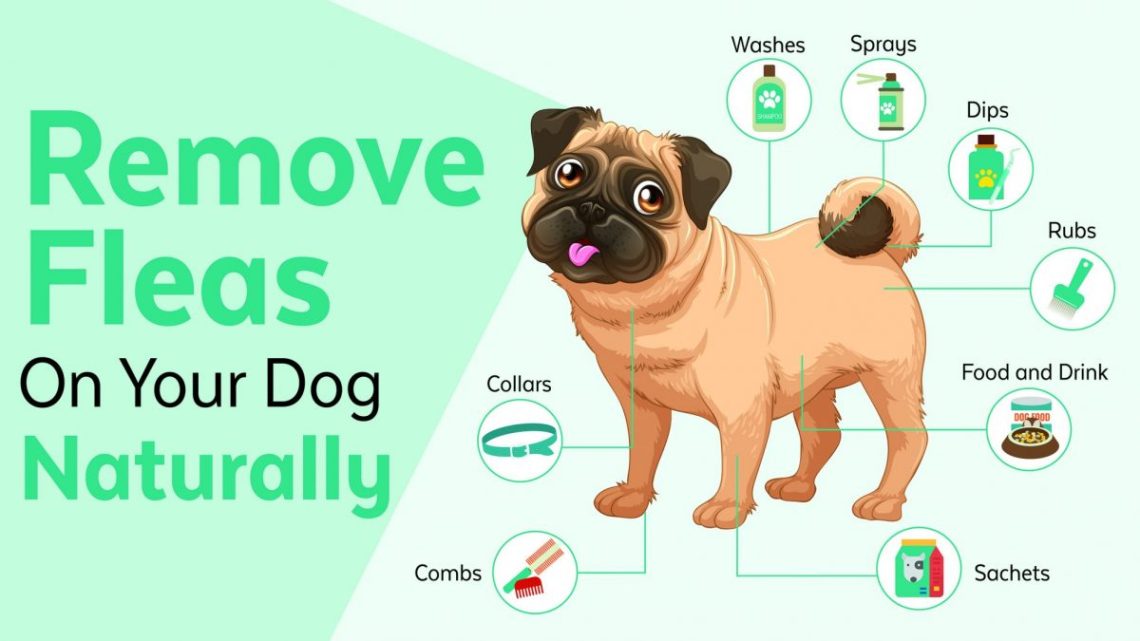
Fleas in dogs. What to do?

Contents
Where do fleas come from?
Fleas are ubiquitous and perfectly adapted to life in any conditions. They can survive in the environment, in apartments, basements, sheds – just about anywhere. Adult fleas are mostly constantly on the animal, but this is only 5% of the entire flea population, the remaining 95% are in the environment – these are eggs, larvae and pupae (different stages of flea development).
Let’s imagine that 5 adult fleas live on a dog … This means that in the apartment (the place where the dog lives) there are 50 more eggs, 40 larvae and 5 pupae. The life cycle of a flea lasts from 3 to 8 weeks – it depends on the ambient temperature and humidity. It also means that within two weeks, a brood of young and vigorous fleas may appear in your apartment.
Why in an apartment?
An adult female flea is capable of laying up to 50 eggs a day; these eggs do not stay on the animal’s fur and freely enter the environment – into the cracks of the parquet floor, under the baseboards, into the pile of the carpet or on sofa cushions. The appearance of the larva from the egg occurs in 1-6 days, the larval stage lasts 2-3 weeks, during which time the larva grows and molts several times, after which it forms a cocoon in which a small young flea is securely covered.
In the cocoon state, fleas can survive up to 200 days.
However, they are immune to insecticide treatments and are able to hatch in a very short time when a potential host appears.
Why are fleas not visible on a dog?
Because a healthy dog will have few of them (dogs are great at catching and biting fleas), a large number of fleas can only be seen on sick or severely weakened animals, which are also kept in poor conditions. Fleas are quite small and quite mobile, and in dogs with long hair they are harder to spot.
Why are fleas dangerous?
In fact, fleas are not just blood-sucking parasites, but also carriers of diseases. For example, infection with cucumber tapeworm (tapeworm) occurs precisely through fleas.
In addition, fleas can cause allergic skin lesions associated with reactions to their saliva, as well as acute bacterial skin infections associated with an inflammatory reaction at the site of the bite and the development of a secondary infection. In addition, fleas can be carriers of diseases for humans.
Treatment and prevention
The only protection against fleas is the regular monthly treatment of the pet with special preparations, most often these are drops on the withers (spot-on); many of these drops contain growth regulators and affect not only adult fleas, but also their eggs and larvae.
Bathing with shampoos is not effective for flea control, as it only affects the fleas on the dog, and re-infestation from the environment is only a matter of time.
A veterinarian will help you choose a safe and effective drug to protect your dog; Many flea medications also protect against ixodid tick attacks and also prevent scabies infestation.
The article is not a call to action!
For a more detailed study of the problem, we recommend contacting a specialist.
Ask the vet
8 2017 June
Updated: July 6, 2018





